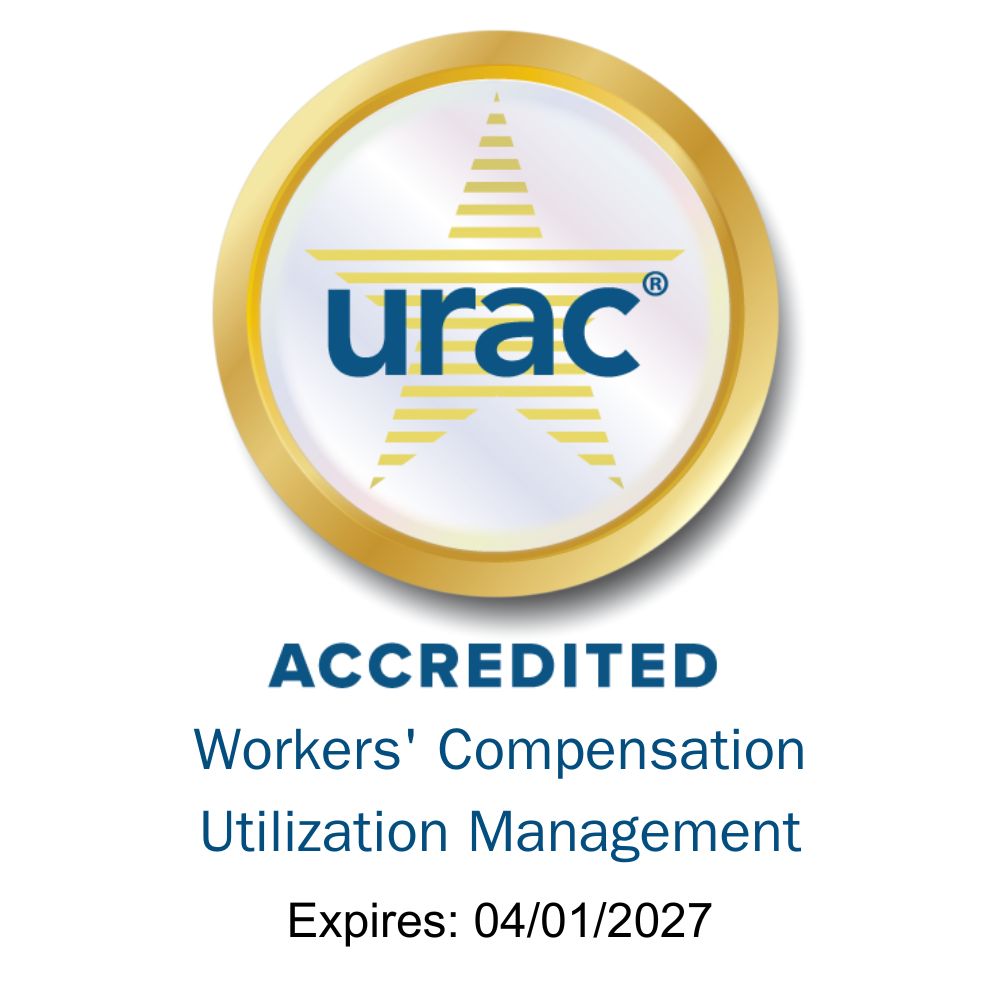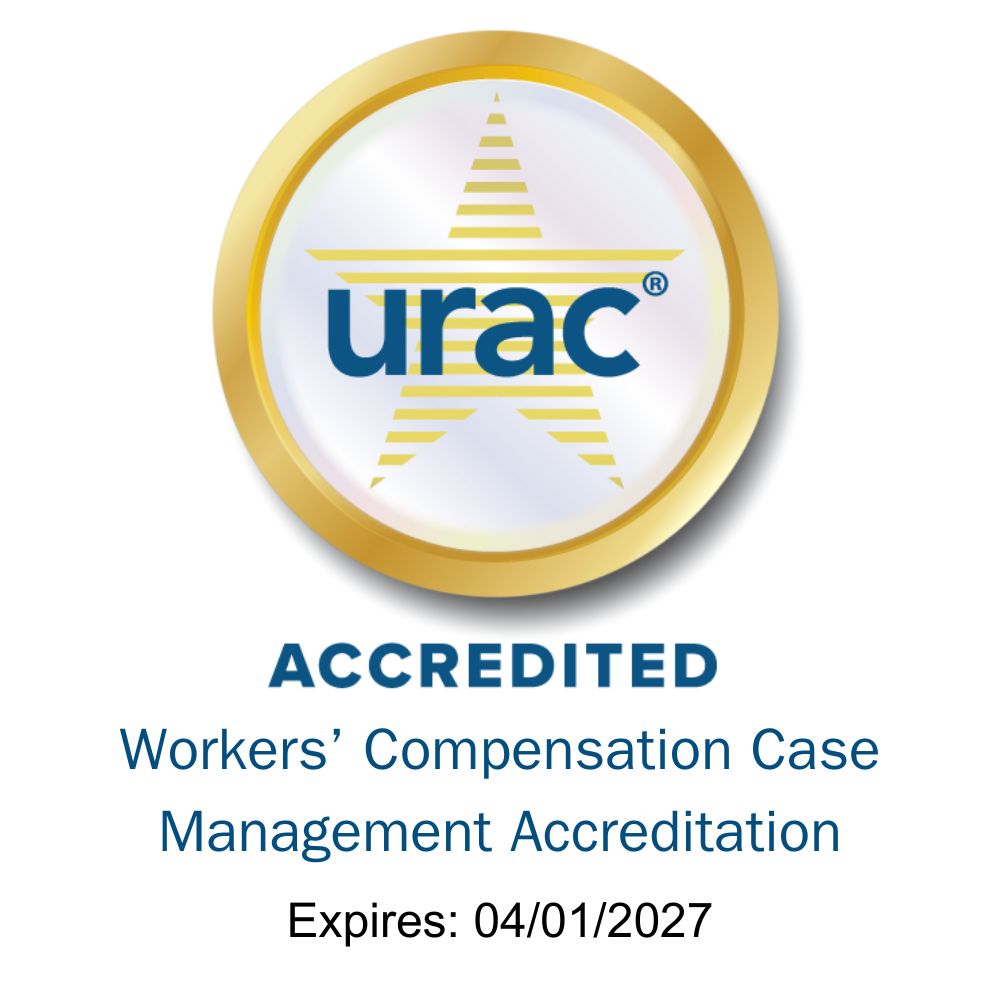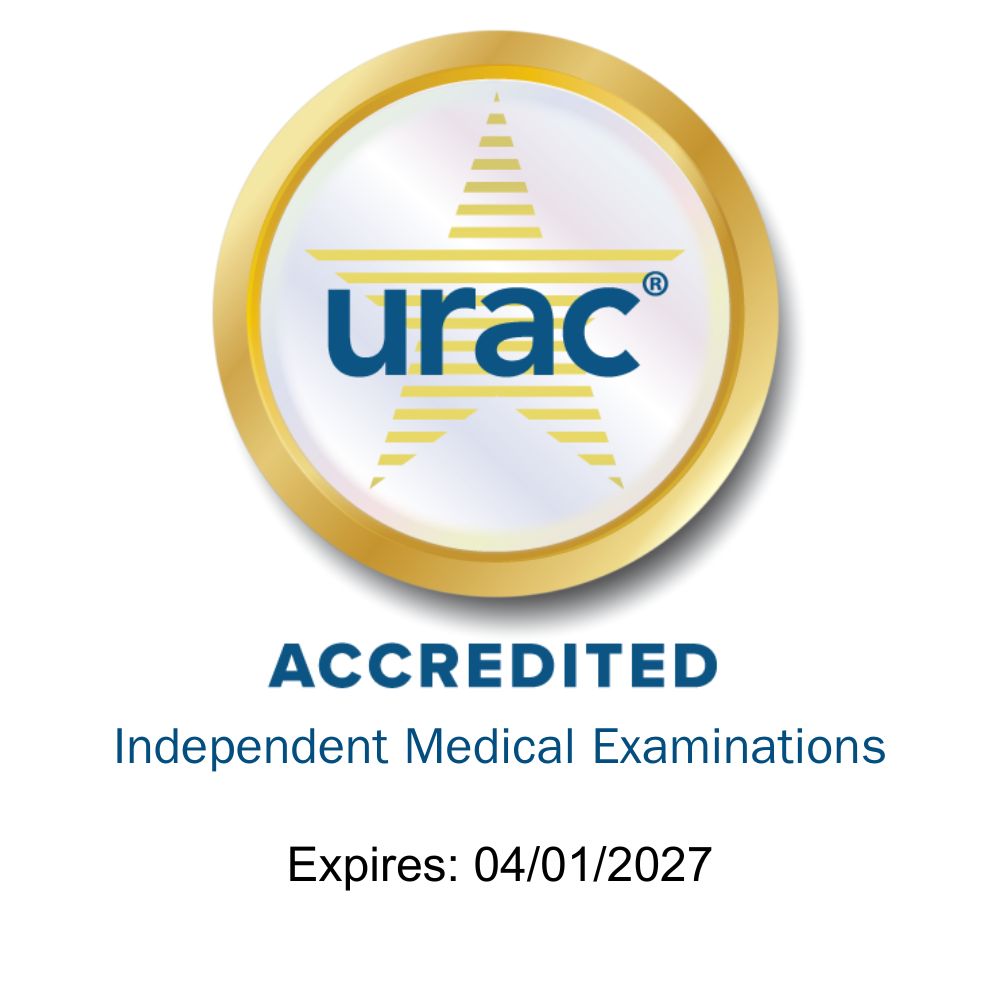In a time when the industry is experiencing a provider shortage, choosing the right network can be a challenge. In today’s Inside Workers’ Comp, Anne Levins, SVP, Network Product & Analytics at Coventry, offers insightful points on what makes a good provider network.
Tom Kerr (TK): Anne, let's start with this. When payers are looking to pair with a provider network, what are some of the key qualities they should look for?
Anne Levins (AL): So, when choosing a provider network, coverage is always going to be important. So, you’re going to want to start with making sure you have access to a large national network that consists of any and all provider specialties that may treat a workplace or an auto accident.
But I also think partnering with an organization that puts an emphasis on supporting providers is just as important. Doctors and nurses or psychologists or even counselors all really have one thing in common: they set out on their chosen profession because they truly want to help people. So, if a provider network organization can find ways to better support the providers, in turn, they can help those providers better support their patients.
TK: So, with that, how does the provider network ensure quality and that they’re pairing with the best providers?
AL: So, you’re certainly going to want to make sure that you’ve chosen a provider network that has oversight procedures in place — that regularly review provider credential processes, that include ongoing monitoring of physician licenses, any sanctions, or quality issues, as well as feedback mechanisms from clients, and even patients.
You’re also going to want to find an organization that puts an emphasis on learning through advanced data analytics. So, we’ve seen data analytics technology give the workers’ compensation industry the horsepower necessary to better manage populations of injured workers through predictive analytics applied to claims adjusting or reserving, and even case management placement. And a good provider network should take that same data‑driven approach to identify quality providers. These tools can really incorporate new and deeper data to render more detailed insights about provider utilization patterns and their impact on a claim’s outcome.
It might mean broad information about a physician's practice, or it could mean even precise predictions about an adverse surprise claim. So, harnessing technology to connect the dots between physician choice, utilization patterns, and a claim’s outcome is becoming more important in an individual’s recovery, and a provider network should really be at the heart of that support.
TK: Great. Let’s talk about provider engagement. Does the network's ability to engage its providers lead to better results for its customers?
AL: So, first of all, we should emphasize that access to quality care is essential for avoiding any kind of poor outcome. But I’m also a firm believer that the ability to support and engage with treating providers more proactively can also have an impact on their patients. And a good provider network organization should emphasize any and all opportunities to strengthen relationships with our providers. Doing so will only aid in the identification of improvement opportunities.
So, the workers’ compensation and auto industries, they’re super complicated, and provider practices can find those processes extremely cumbersome. The nation’s health care landscape continues on its path of change, and so many innovations occur at the point of care, yet there are far less innovations in the business of health care administration. So, manual processes, antiquated systems, siloed information, all characterize many of the inefficiencies that those small and large provider groups face.
Each of these contributes to the growing costs of managing any of their individual patient’s care. Now, I’m certainly not saying a provider network can solve all these problems, but a network has a part in interacting with providers. And learning from them what it takes to be successful allows for opportunities to improve the outcomes of the work comp or the auto claims that they manage.
TK: What are some ways a good provider network engages its providers?
AL: A provider network, I think, has a responsibility not only to service its clients but also to provide service and support to the physicians that participate in its network.
And a few ways that can show up in a good provider network organization should be things like service and support processes. So, supporting a provider’s onboarding activities, educational needs about what processes are happening in the market that they’re serving, and just access to information.
Another thing I think that’s going to be extremely important is this idea of “getting local.” How does the network organization build collaborative relationships with the people in the market that they serve? So, making sure that the relationships within the network organization are local to those provider markets, and understanding what is happening in that market, in supporting better communication.
So, how do we proactively identify provider issues before they become bigger problems? And, all of that really can be done through data analytics. And then having the opportunity to reach out to the providers to have proactive conversations about issues that we may be seeing in our own data, or that a provider may be feeling when they’re treating patients.
How do we support our high‑volume providers, that require more of a higher touch? Organizations are going to need to make sure that processes are in support of all these things, as well as provider tools. So, provider offices are going to want to make sure that they have the ability to do things through self‑service. How do we validate, or how can they validate information with a network organization without having to wait on hold? Can they get status updates on contracts, or can they get status updates on bills being processed through a self‑service portal?
All of those are things really help make providers’ jobs easier, and then, in turn, allow them to successfully support the patients they’re serving.
TK: Thanks, Anne. And will be back soon with another Inside Workers’ Comp. Until then, thanks for listening








